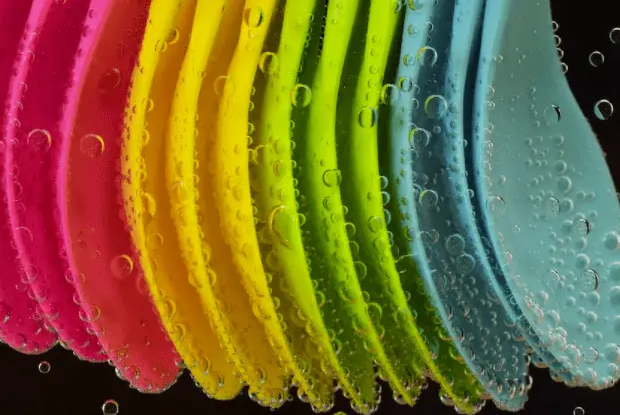In recent years, the progress of water-based coatings in my country’s coatings industry has been very rapid. With the advancement of science and technology and the popularization of environmental protection concepts, water-based coatings have gradually become the mainstream of the coatings market. Among them, architectural coatings are the most prominent. At present, the proportion of water-based architectural coatings in my country is about 75%, which is basically synchronized with the international level. Among industrial coatings, the proportion of water-based coatings is also gradually increasing. At present, it is mainly concentrated in the fields of leather paint, wood paint, floor paint, decoration paint, etc., and its application in metal protection, plastics, locomotives and other fields is also gradually being promoted. Water-based coatings have the advantages of environmental protection, low pollution, and easy construction, and are favored by consumers. However, water-based coatings also have some challenges, such as poor dispersibility and easy precipitation. In order to solve these problems, water-based coating dispersants came into being. This article will discuss the great use of water-based coating dispersants in the coatings industry from the aspects of their functions, characteristics and applications.
1、The role of water-based paint dispersants
Water-based paint dispersants are surfactants with molecular lipophilicity and hydrophilicity. “It can evenly disperse the solid particles of inorganic and organic pigments that are insoluble in liquids, prevent the sedimentation and coagulation of solid particles, and form the drugs required for stable suspension. Specifically, water-based paint dispersants have the following functions:
- Improve gloss and increase leveling effect: Water-based paint dispersants can evenly disperse pigment particles in the paint, thereby improving the glossiness and leveling effect of the paint, making the coating smoother and more beautiful.
- Prevent floating color: Water-based paint dispersants can prevent the aggregation and sedimentation of pigment particles in the paint, thereby avoiding floating color in the coating , flowery and other quality problems. 3. Improve tinting power: Water-based paint dispersants can increase the loading of pigment particles, improve the tinting power of the paint, and make the coating color more vivid and full. 4. Reduce viscosity and increase pigment loading: Water-based paint dispersants can reduce the viscosity of the paint, making the paint easier to apply, while increasing the loading of pigment particles and improving the hiding power of the paint.
- Reduce flocculation and increase storage stability: Water-based paint dispersants can prevent aggregation and flocculation between pigment particles, increase the storage stability of the paint, and extend the service life of the paint.
3、Characteristics of water-based paint dispersants
- Good dispersibility and small addition amount: Water-based paint dispersants have excellent dispersibility, and only a small amount needs to be added to achieve a good dispersing effect, which reduces production costs.
- Long stability: Water-based paint dispersants have long-term stability and can maintain the uniform dispersion of pigments during paint preparation, storage, use and transportation.
- Excellent wetting performance: Water-based paint dispersants can quickly wet pigment particles, improve the wetting performance of paints, make it easier for paints to penetrate into the surface of the substrate, and improve the adhesion of the coating.
- Less foaming and fast bubble breaking: Water-based paint dispersants can reduce the foam generated by paints during stirring and construction, making the paint easier to dry and shortening the construction cycle.
- Environmentally friendly and non-toxic: Water-based paint dispersants do not contain toxic substances, are harmless to the environment, and meet environmental protection requirements.
- Application of water-based paint dispersants
Water-based paint dispersants are widely used in various water-based paints, such as latex paints, water-based wood paints, water-based metal paints, etc. In the process of coating preparation, water-based coating dispersants can be mixed evenly with raw materials such as pigments and fillers to obtain water-based coatings with excellent performance. In addition, water-based coating dispersants can also be used for the transformation and upgrading of coating production lines to improve production efficiency and product quality.
In conclusion, waterborne coating dispersants are very useful in the coating industry. They can not only improve the performance and quality of waterborne coatings, but also reduce production costs and meet environmental protection requirements. With the continuous expansion of the waterborne coating market and the increasing demand of consumers for environmentally friendly products, the application prospects of waterborne coating dispersants will be broader.

